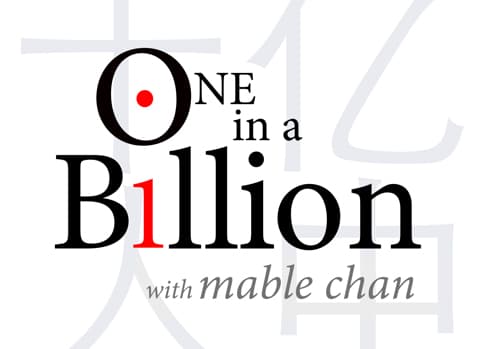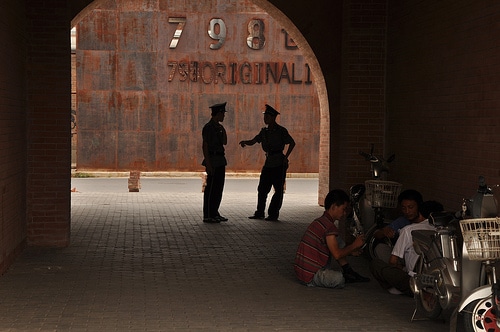Around the world, there are many former power plants or military bases that have been transformed into art galleries. However, the four most famous ones are in New York City, London, Los Angeles, and lucky for me, Beijing.
Last week, I went to the Beijing 798 Art Zone for the first time. It was once the home of Beijing North China wireless equipment factory built in the 1950s. Attracted by the building building design and the unique Bauhaus architecture, artists arrived during the reform and began transforming the space, gradually forming a district of galleries, art studios, and cultural companies.
The first impression it left on me was its simple, practical, and unadorned style of architecture. Mottled, red brick wall and crisscross pipelines left by former plants were everywhere. Slogans and graffiti from different ages covered the walls. Some rusty pipelines even crisscrossed through the middle of two classical oil paintings and two abstract body sculptures. When I came across this situation it felt strange. How could artwork blend in with abandoned plants?
But the more exhibitions I came across, the more I came to understand that this unique combination reflects the artists’ original understanding of arts, architecture, and lifestyle. The beauty lies in the boldness, liberality, and imagination.
At 798, as I came to realize, industry and arts fit perfectly together.At 798, Art Finds Industry [submitted on 26/05/2013]
Around the world, there are many former power plants or military bases that have been transformed into art galleries. However, the four most famous ones are in New York City, London, Los Angeles, and lucky for me, Beijing.
Last week, I went to the Beijing 798 Art Zone for the first time. It was once the home of Beijing North China wireless equipment factory built in the 1950s. Attracted by the building building design and the unique Bauhaus architecture, artists arrived during the reform and began transforming the space, gradually forming a district of galleries, art studios, and cultural companies.
The first impression it left on me was its simple, practical, and unadorned style of architecture. Mottled, red brick wall and crisscross pipelines left by former plants were everywhere. Slogans and graffiti from different ages covered the walls. Some rusty pipelines even crisscrossed through the middle of two classical oil paintings and two abstract body sculptures. When I came across this situation it felt strange. How could artwork blend in with abandoned plants?
But the more exhibitions I came across, the more I came to understand that this unique combination reflects the artists’ original understanding of arts, architecture, and lifestyle. The beauty lies in the boldness, liberality, and imagination.
At 798, as I came to realize, industry and arts fit perfectly together.


